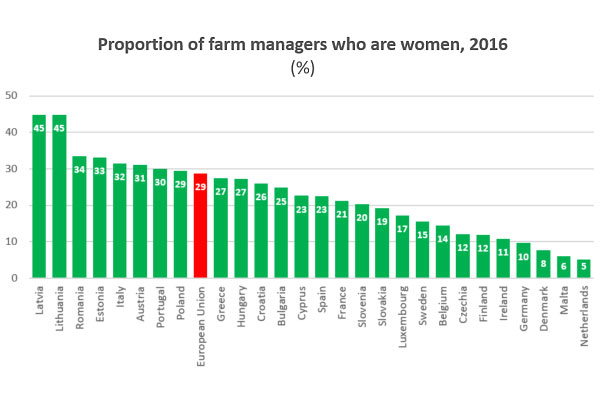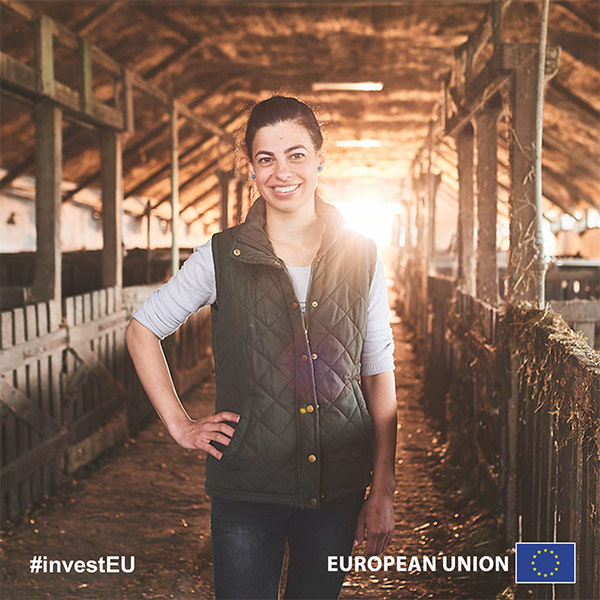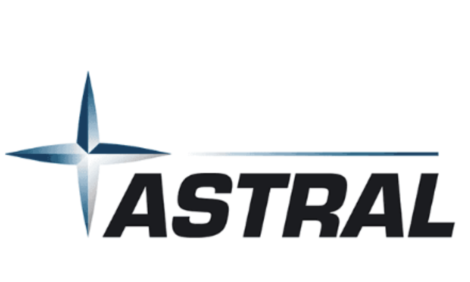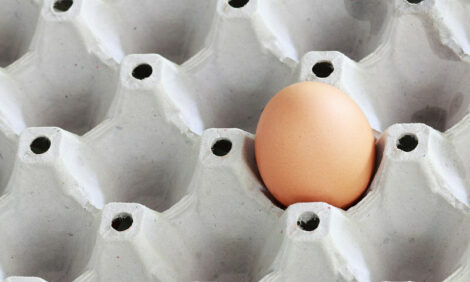



Women in the field: more women are managing farms across Europe
The number of women in the EU's farming sector has been slowly increasing, with Baltic countries showing the highest proportion of farms that are managed by a woman.The most recent data (Eurostat 2016) suggests that, on average, 29% of farms across the EU are managed by a woman. But this data masks some considerable differences between countries.
In Lithuania and Latvia, nearly half of all farms are managed by a woman. By contrast, in Malta, Germany, Denmark and the Netherlands the proportion of female farm managers does not exceed 10%.


This problem is particularly acute as attracting Europe’s next generation of farmers is proving to be a key challenge. Europe's farming sector is dominated by an older population and this is certainly true when it comes to female farmers – current data shows that just 4.2% of female farmers are under the age of 35. Given that 42% of women working in agriculture are over 65 (by contrast to just 29.2% for men), there is the potential for the gender gap in farming to widen in future years.
However, help is at hand for young women interested in a career in agriculture. Not only will the EU support new farmers through its usual income support system, it can also provide rural development funds to help young women get started in farming. This commitment to addressing the EU’s gender gap is enshrined in the common agricultural policy (CAP): EU countries are required to consider the situation for women in rural areas when developing their rural development programmes.
This support has very tangible effects on the ground. In Hungary, EU rural development funding helped Zsuzsanna Babarcz to modernise her farm, helping her to invest in the equipment needed to move away from manual labour and to increase mechanised production. These investments help European farms to stay competitive and help to provide a good standard of rural living.


Rural development funds do not just help already existing farmers; Elisa Mattioli used rural development funding to help rent 8.5 hectares of land to begin her organic fruit and vegetable enterprise. Having previously worked on her father’s farm, this allowed her to begin her own business. She now sells her produce at local farmers markets in Bologna.
This International Women’s Day, the EU is not only helping to make sure that Europe’s rural areas remain competitive, vibrant and connected places to live, it is also working to make sure that the next generation of farmers and others involved in the field of agriculture better reflects Europe’s gender balance.
Gender equality is also mainstreamed as a cross-cutting issue throughout the research and innovation programme Horizon 2020, which aims at fostering gender balance in research teams; ensuring gender balance in decision-making; and integrating the gender dimension in research and innovation content. Within Horizon Europe, the next Framework Programme for Research and Innovation (2021-27) these commitments are strengthened.
According to She Figures 2018 report, women PhD students in Agriculture, Forestry, Fisheries and Veterinaries were 59% of all students in 2016. However, these numbers are unevenly distributed when looking at individual Member States ranging from 33 to 100%. In general, women scientists are underrepresented in research following their PhD. Nevertheless, there are successful women that work in science and can inspire the next generations of women and girls in research.









